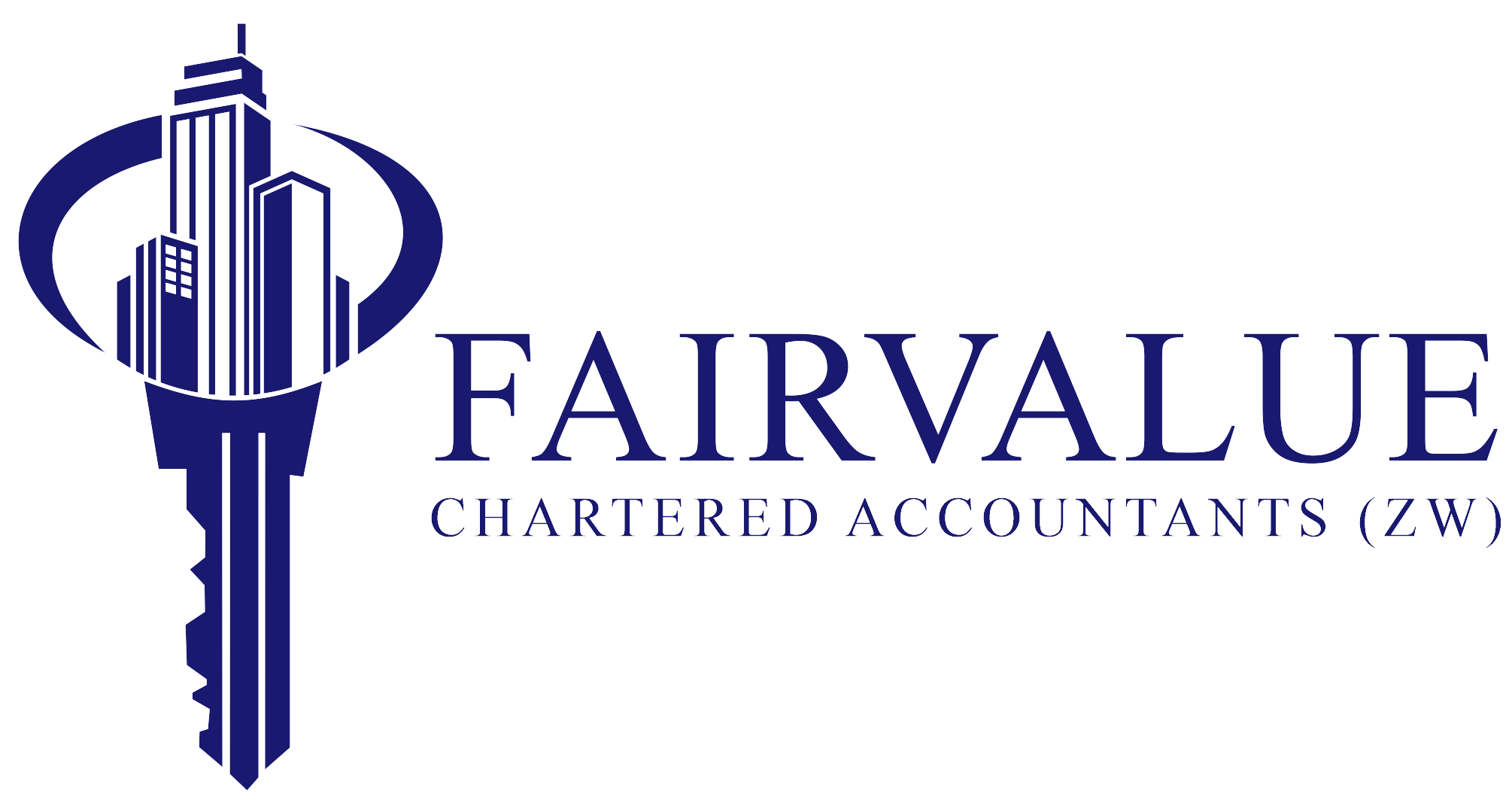In an ever-changing business landscape, risk is inevitable. Whether it’s market volatility, cyber threats, or regulatory changes, the ability to manage these risks effectively can determine the success or failure of your organization. Enterprise Risk Management (ERM) equips businesses with the tools and strategies needed to navigate uncertainties and build resilience.
What is ERM?
ERM is a structured approach to identifying, assessing, and mitigating risks that could affect a business’s objectives. It goes beyond financial risks to encompass operational, strategic, and compliance risks.
Key Risks in Today’s Business Environment
Modern businesses face a variety of risks, including:
- Cybersecurity threats: With increasing reliance on digital platforms, protecting sensitive data is crucial.
- Regulatory compliance: Keeping up with changing regulations can be challenging but essential.
- Market disruptions: Economic instability and global events can impact supply chains and consumer behavior.
Tools and Strategies for Effective Risk Management
ERM integrates technology, analytics, and best practices to create a holistic risk management framework. Tools like risk assessment matrices and scenario planning enable businesses to visualize potential threats and develop contingency plans.
How ERM Enhances Business Resilience
By identifying vulnerabilities and implementing mitigation strategies, ERM helps businesses adapt to challenges without compromising performance. It also fosters a culture of proactive decision-making, ensuring long-term sustainability.
Conclusion
Enterprise Risk Management is more than a defensive strategy—it’s a pathway to growth and innovation. Embrace ERM to safeguard your business against uncertainties and achieve lasting success.

